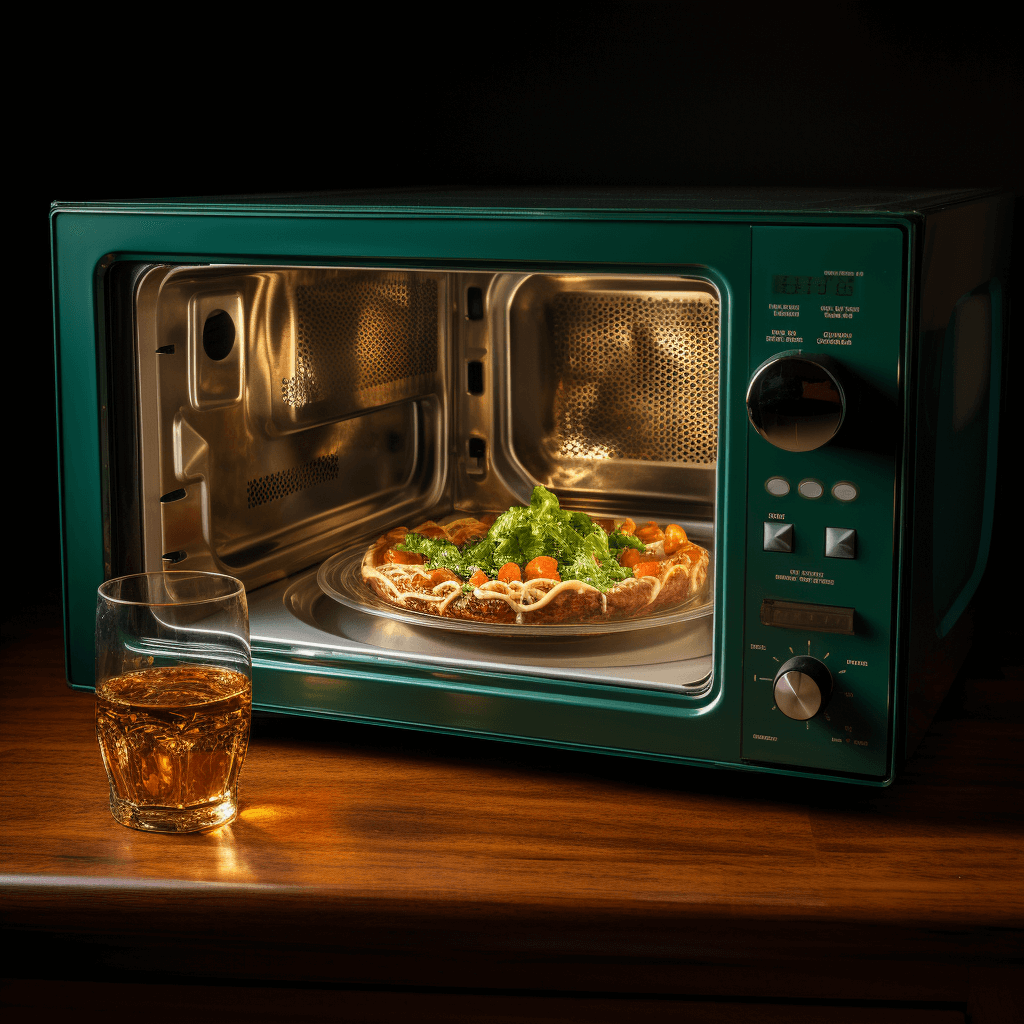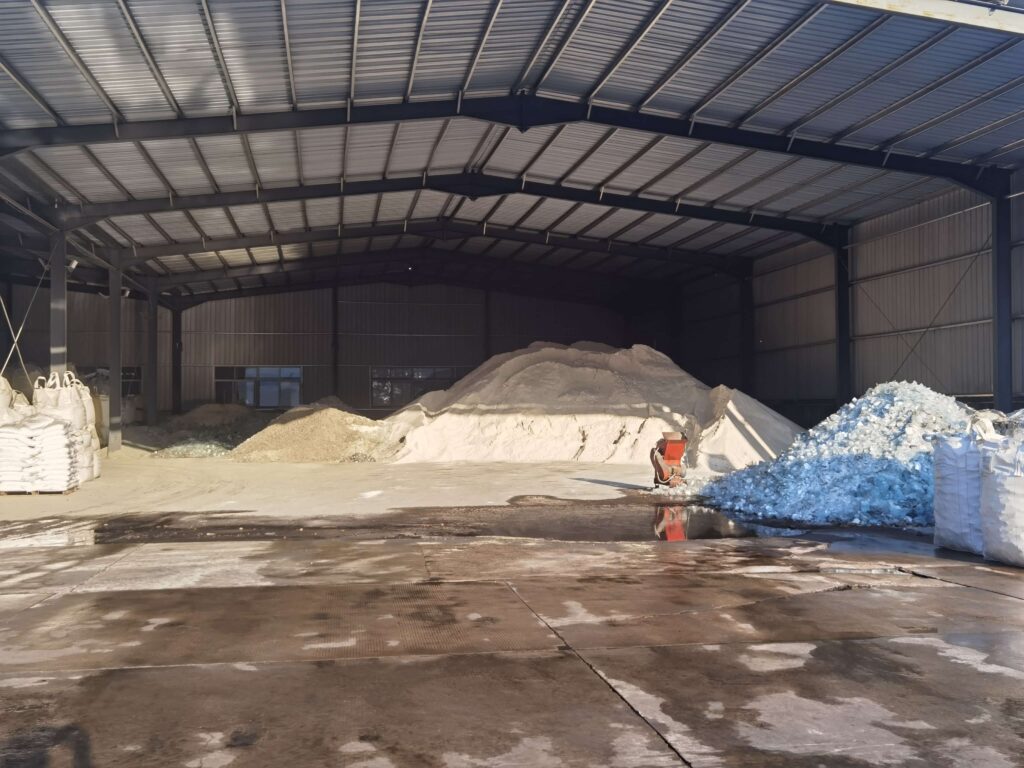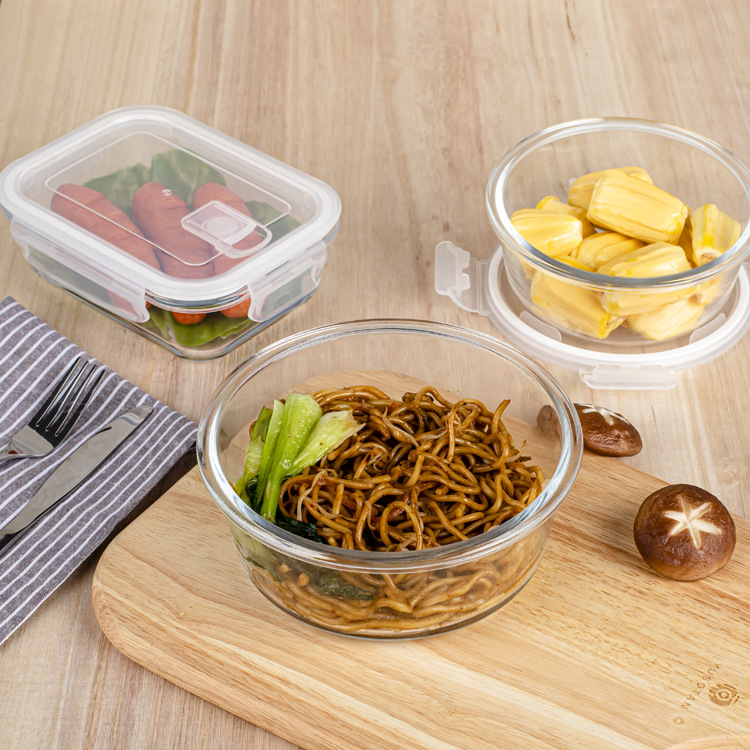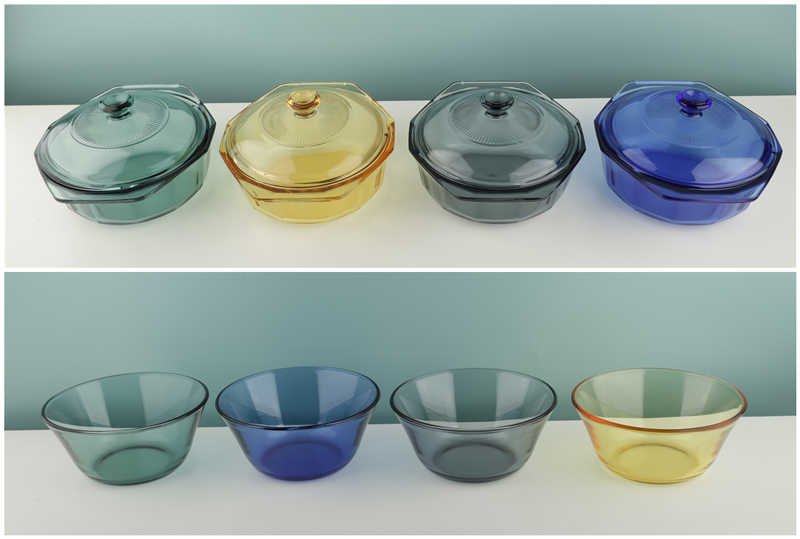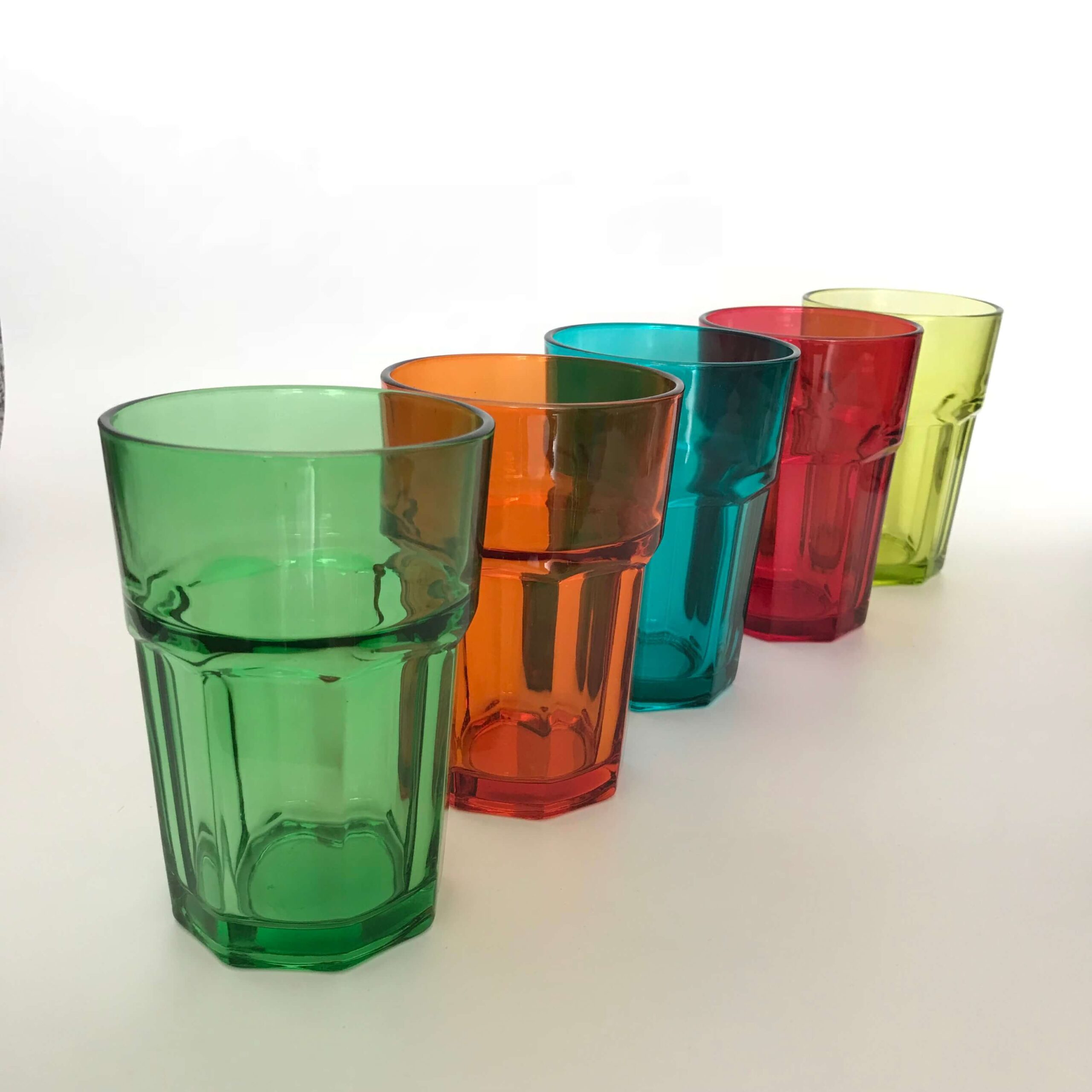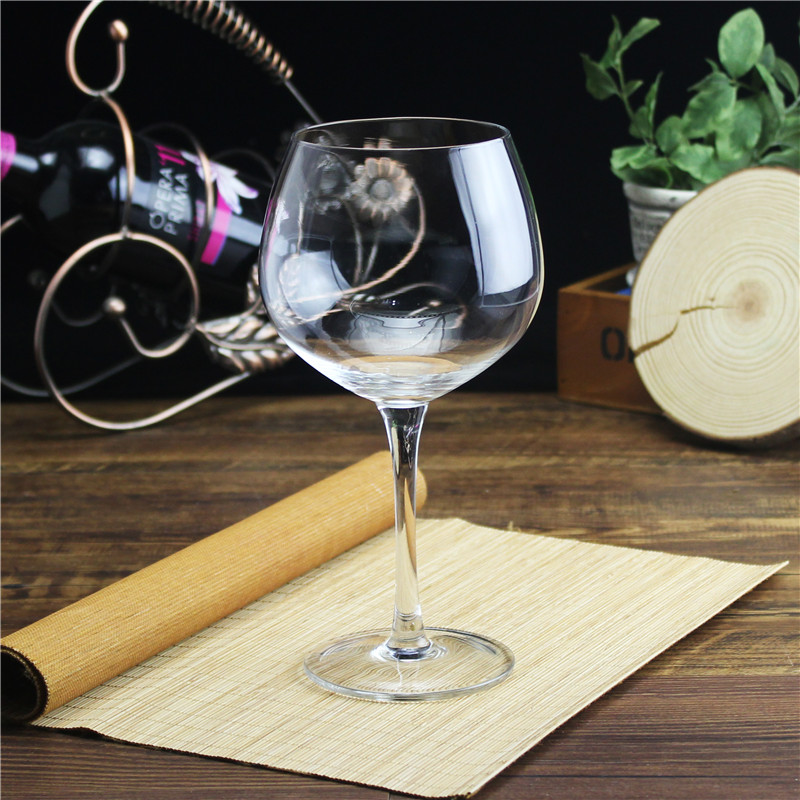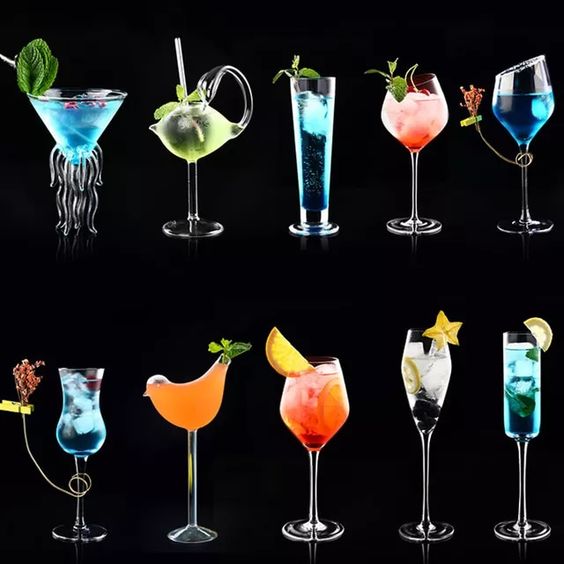Can Glassware Go In The Oven? That is a good question.
Oven-safe glassware is a hot topic in many kitchens, sparking as much interest as the recipes themselves. We’ve all been there, caught between culinary ambition and caution, pondering the great question: Can Glassware Go in the Oven? Amidst this dilemma, understanding glassware heat resistance becomes paramount. Whether it’s the sturdy charm of borosilicate glass or the reliable strength of tempered glass, knowing your materials is half the battle won. As we navigate through types of kitchen glassware, we’ll decode glassware safety markings and unravel the enigma of thermal shock in glassware. Equipped with this knowledge, your culinary ventures will not only be delightful but also safe. Dive in and let’s make your kitchen a haven of both beauty and safety.
The Science Behind Glass: Composition and Heat Resistance
- What Makes Up Glassware
Glassware primarily consists of silica sand melted at high temperatures. Additives like soda and lime are often incorporated to impart specific properties. These foundational components lead to different types of glass—borosilicate, tempered, and heat-treated, each with unique characteristics.
source:lida
- Heat Resistance in Glassware
Heat resistance is one of the defining features that set glassware apart from other materials like plastic or metal. A closer look reveals that the resistance is largely due to the mineral additives and the manufacturing process. Borosilicate glass, for instance, contains boron, allowing it to withstand higher temperatures without cracking.
source:lida
Different Types of Glassware: Which are Oven-Safe?
Navigating the extensive world of glassware can be intricate. The variety extends beyond mere aesthetics, delving deep into the scientific realm of material composition, heat resistance, and manufacturing techniques. While glassware’s delicate appearance might hint at fragility, some types are robust enough to withstand the intense heat of an oven. However, the question remains: which ones are truly oven-safe?
- Borosilicate Glass: The Oven Champion
A hero in the oven-safe glassware domain, Borosilicate Glass stands tall, bearing heat and cold with unparalleled grace. Comprising boron trioxide and silica, this type of glass boasts a low coefficient of thermal expansion. This means it’s less likely to crack or shatter when exposed to temperature changes, making it an ideal candidate for oven cooking and freezing alike. Predominantly used in laboratory equipment and high-end cookware, Borosilicate glass is a testament to resilience masked under a facade of fragility.
source:lida
- Soda-Lime Glass: Common but with Caveats
Making up nearly 90% of manufactured glass, Soda-Lime Glass is a ubiquitous presence. Its ingredients, as the name suggests, are soda ash (sodium carbonate) and lime (calcium oxide). While immensely popular for window panes and containers, its oven-readiness is questionable. This type of glass has a higher propensity for thermal shock compared to Borosilicate, making it less oven-safe. Thus, while it’s a common staple in many households, caution is advised when introducing it to extreme temperatures.
site:lida
- Tempered Glass: Strength Through Stress
Tempered Glass is the result of a meticulous process that imparts to it heightened strength. It’s essentially regular glass, but with an edge—having been heated to high temperatures and then rapidly cooled, it’s far more resistant to breaking. This “pre-stressing” renders it four to five times stronger than regular glass. Given its robust nature, tempered glass can brave the oven’s heat, but always with a vigilant eye, for its resistance to thermal shock is not infinite.
- Lead Crystal: The Elegant Choice with Limitations
The epitome of sophistication, Lead Crystal glassware is often reserved for the finest of occasions. Imbued with lead oxide, this type of glass is denser and more refractive than regular glass, resulting in a sparkling clarity. While its allure is undeniable, its oven-safety is compromised. The lead content makes it less tolerant to rapid temperature changes, rendering it vulnerable to potential damage in the oven. Hence, while it elevates a dinner table’s elegance, it’s best kept away from oven grates.
source:lida
Safety Precautions: Tips to Prevent Glassware Breakage in the Oven
Glassware, with its transparent elegance and multifunctionality, has found a place in many kitchens. But with this prominence comes the responsibility of handling it with care, especially when subjected to the high temperatures of an oven. Here’s a guide on ensuring the safety of your glassware and preventing unfortunate mishaps in the oven.
- The Importance of Gradual Heating
Gradual heating is not just a recommendation—it’s imperative. Glassware isn’t fond of sudden temperature changes. Subjecting it to abrupt heat can cause thermal shock, resulting in the glass breaking or even shattering. This doesn’t just jeopardize the dish you’re cooking but can also be a safety hazard.
To avoid this, always start with a cold oven. Place the dish inside, set your desired temperature, and allow the oven and the dish to heat up together. By doing so, the glassware acclimatizes to the changing temperature, significantly reducing the risk of breakage.
- Common Mistakes to Avoid
Errors, more often than not, are the stepping stones to mishaps, especially in the kitchen. Here are a few prevalent mistakes that you should sidestep:
-
- Directly moving glassware from the freezer to the oven. This is a surefire recipe for disaster due to the extreme temperature variance.
- Using glassware on the stovetop. Not all oven-safe glass is stovetop safe. The direct flame can exert too much heat too quickly.
- Ignoring manufacturer guidelines. Often, these guides provide valuable insights into the specific dos and don’ts tailored for the product.
- Using damaged glassware. Any chip, crack, or imperfection compromises the structural integrity of the glass, making it susceptible to breaking.
How To Know If Glassware Is Oven-Safe?
Navigating the intricacies of kitchenware can sometimes feel like deciphering a code. Glassware, often the centerpiece of many culinary endeavors, is no exception. Especially when it comes to oven usage, understanding the markings and labels on your glass dishes is crucial to ensure safety and longevity. This guide aims to shed light on these cryptic symbols and what to do when you encounter a glass dish with no label.
- Common Symbols and Their Meanings
-
- The Snowflake: This symbol, resembling a snowflake or sometimes a glass with icicles, indicates that the glassware is freezer-safe. It’s crucial not to confuse this with oven safety.
- The Microwave Symbol: A series of vertical wave lines usually represents microwave safety. If your glass dish is embellished with this sign, it’s fit for microwave use. Still, this doesn’t automatically translate to oven-safety.
- Dishwasher Safe: Often shown as dishes showered with water droplets, this symbol confirms the glassware’s suitability for dishwasher cleaning.
- The Fork and Glass Icon: This symbol denotes that the glassware is food-safe. It ensures that the materials used won’t leach into your food when in use.
- The Grey Area: When There’s No Label
Imagine the scenario: you’re preparing a dinner party, and you pick out a stunning glass dish to bake your signature dish. However, a quick scan reveals no oven-safe symbol. What now?
In such instances, prudence should be your watchword. If there’s no marking to confirm oven-safety, it’s best to err on the side of caution and refrain from oven use. Factors like the glassware’s thickness, manufacturing technique, and even its age can influence its oven-readiness.
However, if you’re truly in a bind, consider a cautious test. Start with a cold oven, placing the dish inside, then heat to a low temperature. Gradually increase over time. This gives the glassware a chance to acclimate to the changing temperature and reduces the risk of thermal shock. Still, this method carries inherent risks, so use sparingly and judiciously.
Potential Risks of Using Non-Oven-Safe Glassware
- The Consequences of Overheating
Delving into the repercussions of overheating non-oven-safe glassware, the implications can range from the subtle to the severe. At a rudimentary level, an overheated piece of glassware can lead to inconsistent cooking or baking results. But this is just the tip of the iceberg.
More seriously, when such glassware is subjected to high temperatures, there’s a propensity for it to undergo a phenomenon known as thermal shock. This abrupt temperature change can cause the glass to expand unevenly, leading to potential breakage. Imagine the havoc of shattered glass interspersed with your meticulously prepared dish. The ramifications aren’t just limited to wasted food and effort but extend to the real possibility of physical injury.
Moreover, chemical alterations might occur at elevated temperatures. These modifications can cause leaching of unwanted compounds into your food, inadvertently introducing health hazards. The exquisite nature of certain non-oven-safe glasswares, especially those adorned with paints or metallic trims, further accentuates this risk.
- Symptoms of Glass Distress and Weakness
A discerning eye can often detect signs of distress in glassware, a silent plea to refrain from subjecting it to undue thermal stress. One of the most palpable signs is micro-cracking. These minute fissures, often imperceptible to the casual observer, can be precursors to larger fractures. Holding the glassware against a light source and observing closely might reveal these telltale signs.
Another symptom is the development of a cloudy or frosted appearance, indicative of the minute structural changes within the glass matrix. This is especially true for items that have faced repeated thermal stress or have been cleaned with abrasive agents.
Moreover, any visible cracks, chips, or defects, no matter how inconsequential they might appear, are harbingers of potential failure. Such imperfections become weak points, more susceptible to the vagaries of thermal expansion and contraction.
Expert Recommendations: Best Brands for Oven-Safe Glassware
In the vast world of culinary arts, the right tools are essential for crafting that perfect dish. Among these tools, oven-safe glassware stands out as a versatile and aesthetically pleasing option for both cooking and presentation. However, with a myriad of brands flooding the market, it becomes pivotal to discern which are truly the best.
- Top Manufacturers and Their Specialties
-
- Pyrex: Revered as a household name, Pyrex has been synonymous with durability for over a century. Their unique borosilicate glass composition ensures resistance to thermal shock, making it a top choice for chefs and home cooks alike.
- CorningWare: An exemplar of excellence, CorningWare offers a range of ceramic bakeware that’s not only oven-safe but also suitable for microwaves, freezers, and dishwashers. Their signature stoneware dishes are renowned for even heat distribution.
- Anchor Hocking: Renowned for its tempered glass products, Anchor Hocking offers a lineup that boasts of superior toughness. Their dishes can effortlessly transition from the freezer to the oven without the risk of cracking.
- Oxo Good Grips: While primarily known for their ergonomic utensils, Oxo’s foray into oven-safe glassware has been nothing short of impressive. Their glass baking dishes, designed with reinforced rims, offer added protection against chipping.
- Le Creuset: Although a name often associated with cast iron cookware, Le Creuset’s range of oven-safe glass dishes are an epitome of elegance and resilience. Their enamelled surface ensures easy cleaning without compromising on durability.
Conclusion: Making Safe and Informed Decisions in the Kitchen
Navigating the kitchen requires not just culinary prowess but also an understanding of the tools and equipment at one’s disposal. Just as a maestro requires mastery over their instrument, a chef or home cook needs comprehensive knowledge of their kitchen implements. When we delve deep into the nuances of oven-safe glassware and other kitchen tools, it becomes evident that a thorough understanding can spell the difference between a delightful culinary experience and an unfortunate accident.
Frequently Asked Questions
- How Can I Tell If My Glassware Is Safe for Oven Use?
The myriad of glassware brands and types can render a simple task like determining oven-safety quite daunting. One reliable method is to look for specific markings or labels indicating its suitability for oven use. Manufacturers, understanding the imperative nature of this detail, often embed symbols or inscriptions on the base or side of the product. Additionally, the product’s manual or packaging frequently offers this information.
- What Temperature Limits Do Different Types of Glassware Have?
Glassware is not a monolithic category; its temperature tolerance diverges based on its composition:
-
- Borosilicate Glass: Revered for its high thermal resistance, it can typically withstand temperatures up to 500°F (260°C).
- Soda-lime Glass: Found in many everyday products, its threshold hovers around 450°F (232°C).
- Tempered Glass: Having undergone a process of controlled thermal treatment, its resilience can match that of borosilicate glass.
- What Are the Risks Associated With Using Glassware in the Oven?
The oven’s confines, with its fluctuating temperatures, poses risks for glassware. Chief among them is thermal shock, where rapid temperature changes lead to sudden expansion or contraction, causing the glass to crack or shatter. Another overlooked risk involves the potential leaching of harmful compounds from glass adorned with decorative paints or trims.
- What Causes Glassware to Crack or Shatter in the Oven?
Aside from thermal shock, imperfections during the manufacturing process, or wear and tear (like scratches or chips) can render glassware vulnerable. Such weakened points become the epicenter for potential breakage when subjected to heat.
- Is There a Difference Between Microwave-Safe and Oven-Safe Markings?
Indeed, there is. While both symbols might seem interchangeable, they serve distinct purposes. Microwave-safe denotes resistance to radiation-induced heat, while oven-safe implies tolerance to convective heat. It’s crucial to heed these designations to prevent mishaps.
- How Should I Care for My Oven-Safe Glassware to Ensure Longevity?
To enhance the lifespan of your oven-safe glassware:
-
- Avoid subjecting it to extreme temperature changes.
- Use soft, non-abrasive cleaning agents and tools.
- Store in a manner to prevent chipping or scratching.
- Can I Move Glassware Directly from the Oven to the Refrigerator?
It’s a practice best avoided. Such abrupt temperature changes can lead to thermal shock. Allow the glassware to reach room temperature before transitioning it to a colder environment.
- Why Do Some Glassware Items Specify a Maximum Oven Temperature?
This specification acts as a safety threshold, highlighting the maximum temperature the glass can endure without compromising its structural integrity. Adhering to this limit ensures both the longevity of the product and the safety of the user.

